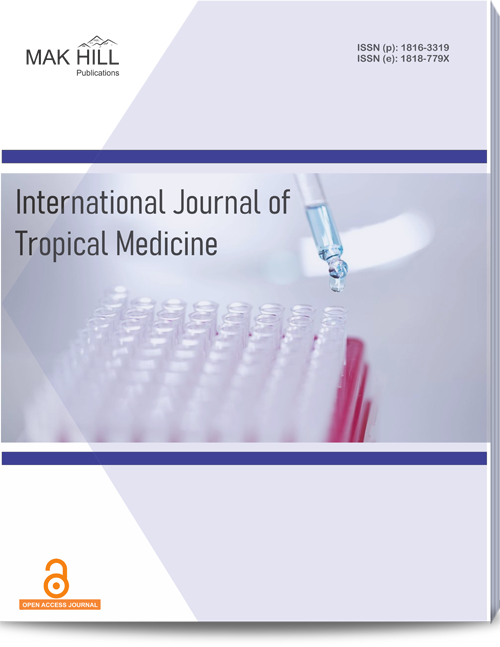
International Journal of Tropical Medicine
ISSN: Online 1818-779XISSN: Print 1816-3319
Abstract
The objective of this study was to assess peripheral smears for the presence of hypersegmented neutrophils and identify the underlying etiological factors associated with this finding. A prospective study was conducted over a one-year period in the Department of Pathology at a medical college in Central India. Peripheral blood samples collected in EDTA were analyzed using Leishman staining to identify hypersegmented neutrophils. The majority of cases in this study were males. The majority of cases fell within the age group of 41-60, suggesting that individuals within this age range were more commonly affected by the condition under investigation. The majority of cases in this study were attributed to macrocytic anemia, while a smaller number of cases were identified as microcytic hypochromic anemia. Among the 38 cases with a normocytic normochromic blood picture, only 12 exhibited subnormal levels of vitamin B12 or folic acid, while the remaining 26 cases had normal levels of these vitamins. Hypersegmented neutrophils can be observed in peripheral smears from patients with microcytic hypochromic anemia, myelodysplastic syndromes and inflammatory conditions. Additionally, there appears to be a higher incidence of thrombocytosis in cases of pure microcytic hypochromic anemia compared to other etiological factors. However, further comprehensive studies are needed to establish and confirm this association.
How to cite this article:
Bela Sharda Akotiya, Rinku Bhagora , Sonu Rawat and Minu Bakna . Study of Peripheral Smears with Hypersegmented Neutrophils and its Etiological Factors.
DOI: https://doi.org/10.36478/10.59218/makijtm.2023.18.21
URL: https://www.makhillpublications.co/view-article/1816-3319/10.59218/makijtm.2023.18.21